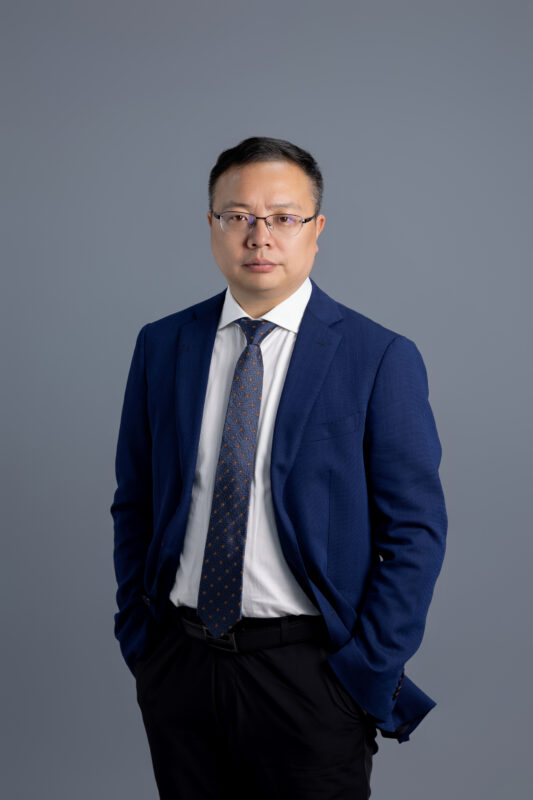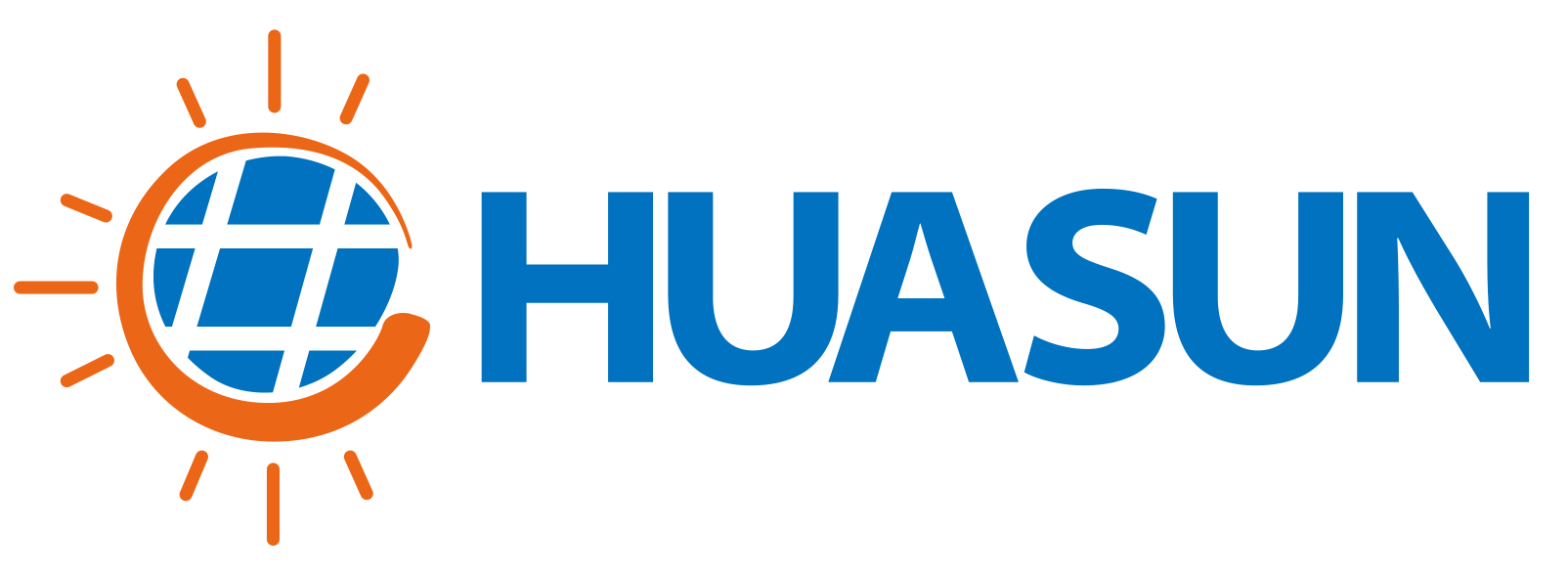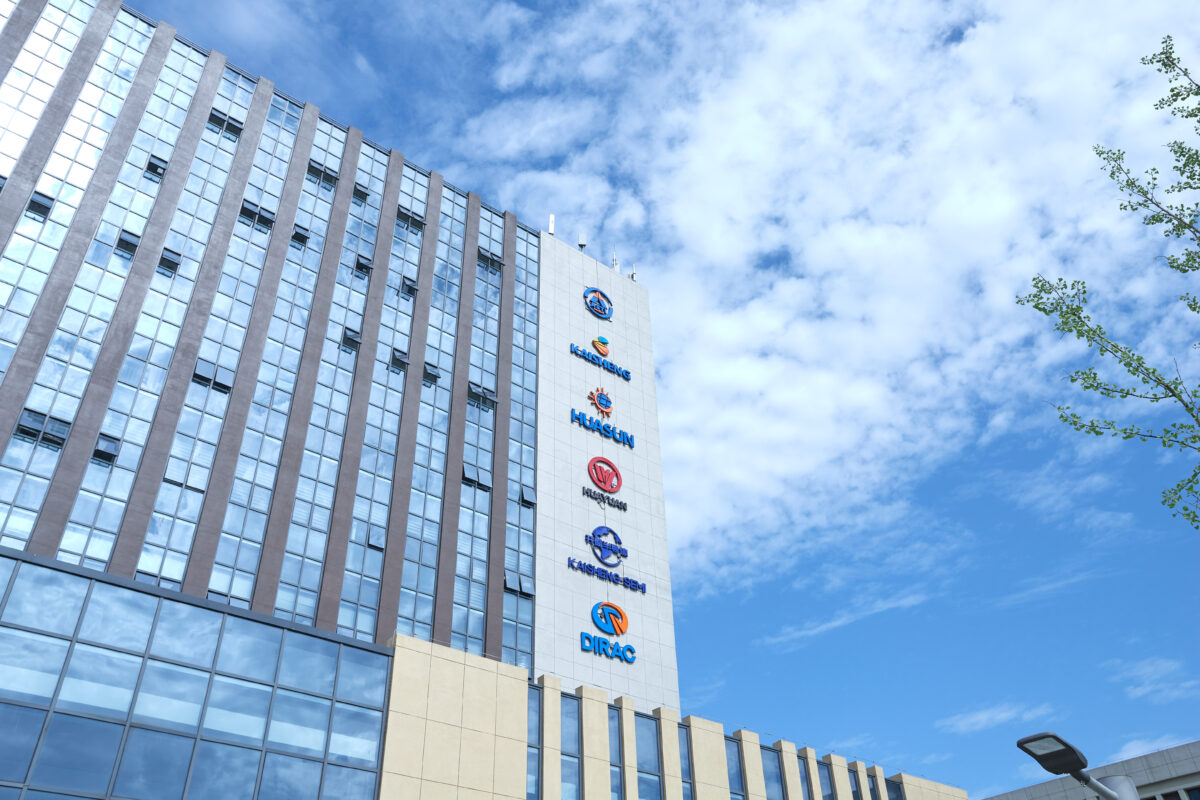Why did you choose to focus on HJT technology when starting Huasun?
The theoretical efficiency limit for a single-junction silicon solar cell is 29.4%. The theoretical conversion efficiency for an HJT cell is 29.2%, which is the closet to 29.4% compared to any other technology. It can be said that HJT is the most perfect silicon solar technology capable of production with high efficiency at large scale and with low cost. It is not easy to commercialize HJT despite the efforts of many companies and institutes going all the way back to 1990. It is Huasun that was finally able to realize the industrialization of HJT and demonstrate to the industry that it is a high-efficiency, low-cost way to help solar projects achieve better returns. And it has the lowest carbon footprint for module production, which is better for creating a zero-carbon world. We are like the guides who try to find a path through the forest. We try to guide more people to join together to improve the technology.
Can you talk about the company’s biggest achievements over the past few years?
Our greatest achievement since Huasun was founded in July 2020 is that we are the largest HJT company in the world. Over 50% of all HJT modules shipped around the world come from Huasun. We have production capacities of 20 GW, and I believe we will be the first manufacturer in the world to deliver more than 10 GW of HJT modules around the middle of 2024.
Huasun leads the HJT industry in efficiency and power output. Our modules are able to achieve approximately 4% higher energy yield per watt than any other regular module. Our cell efficiency on the production line is 25.8%, and the champion is 26.39%. The power of our champion module being delivered to customers is 750.54 W, and the efficiency is 24.16%. Third-party testing by PVEL in the United States puts our module’s power generation capacity as the top ranked for HJT. Our modules also have the lowest carbon footprint ─ 366.12 g/W CO2 equivalent, which was certified by TÜV Rheinland in July 2023.
We are the youngest company on BloombergNEF’s list of tier-one PV module manufacturers, and we are also the youngest unicorn in the Forbes list. We completed Series C funding in the second half of 2023, and Huasun’s current market value is $2 billion, which is more than 200 times higher than when it was founded.
Huasun has become the leader in every step of HJT mass production. We developed a dedicated wafer specifically for HJT, including special wafer cutting equipment and processes, and in 2024, we plan to build a factory to use 100% fluidized bed reactor (FBR) polysilicon materials and to use the continuous Czochralski (CCZ) method for making ingots with this material. Additionally, with the launch of our Everest modules in November 2023, Huasun has become the trailblazer ushering in the HJT “R” era with modules featuring rectangular cells.
After three years of hard work, Huasun has successfully turned HJT into a high-efficiency, low-cost technology that can be manufactured in large-scale production. Our current costs are now almost comparable to TOPCon.
How does Huasun approach R&D and collaboration on HJT technology?
I’ve worked in the solar industry for over 20 years and in HJT for 14 years. My teacher and CTO, Wenjing Wang, has worked in HJT R&D for 25 years, and half of the top professionals in HJT R&D and mass production work for Huasun. In 2023, we spent CNY 250 million on R&D, and we’ll increase that to CNY 500 million in 2024. We believe in the importance of advancing the technology and invest approximately 8% of our total revenue each year into R&D, which is much higher than others in the industry.
As true believers in HJT, our mission is to make the technology successful. However, it is difficult to develop, and we need to collaborate to bring it into mass production, which is why Huasun established a collaborative innovation platform in 2023. We serve as a large laboratory for companies in the entire HJT industry.

Image: Huasun Energy
As of the beginning of 2024, Huasun has 20 GW of capacity for HJT products, with a goal of reaching 40 GW by 2025. Where will those new facilities be located, and which markets will you focus on?
We currently have four production bases in China – in Xuancheng, Wuxi, Hefei, and Dali. We are also currently building a new facility for ingot slicing in Northwest China. Our production capacity in China is focused mainly on China and Europe, and then for the Middle East and Southeast Asia. Our domestic customers take about 50% of our production. We are still developing our newest markets in Central and South America. In addition to expanding production in China, we are considering developing some capabilities in the Middle East in 2024, which will enable us to export from there to North America.
What is your vision for the next five years?
At Huasun, our vision is to provide the best HJT solar products to the world. This means having the highest conversion efficiency for power generation, the best energy yield performance, the strongest reliability, and the lowest carbon footprint.
Huasun’s goal is to maintain our position as having the largest manufacturing capacity for HJT in the world. We plan to always account for over 30% of world HJT capacity. Furthermore, we’re committed to expanding our global sales and service network covering all the key countries, ensuring we can provide clients with timely and professional support.
Additionally, we want to be pioneers in the mass production of HJT-perovskite tandem cells. We have been focused on industrializing the technology and plan to start a 1 GW-sized manufacturing facility within the next five years.
This interview appears in the new Huasun Corporate Edition, launched on April 10, 2024. Read the whole edition here.
Interview questions and responses were provided by Huasun.
This content is protected by copyright and may not be reused. If you want to cooperate with us and would like to reuse some of our content, please contact: editors@pv-magazine.com.




By submitting this form you agree to pv magazine using your data for the purposes of publishing your comment.
Your personal data will only be disclosed or otherwise transmitted to third parties for the purposes of spam filtering or if this is necessary for technical maintenance of the website. Any other transfer to third parties will not take place unless this is justified on the basis of applicable data protection regulations or if pv magazine is legally obliged to do so.
You may revoke this consent at any time with effect for the future, in which case your personal data will be deleted immediately. Otherwise, your data will be deleted if pv magazine has processed your request or the purpose of data storage is fulfilled.
Further information on data privacy can be found in our Data Protection Policy.